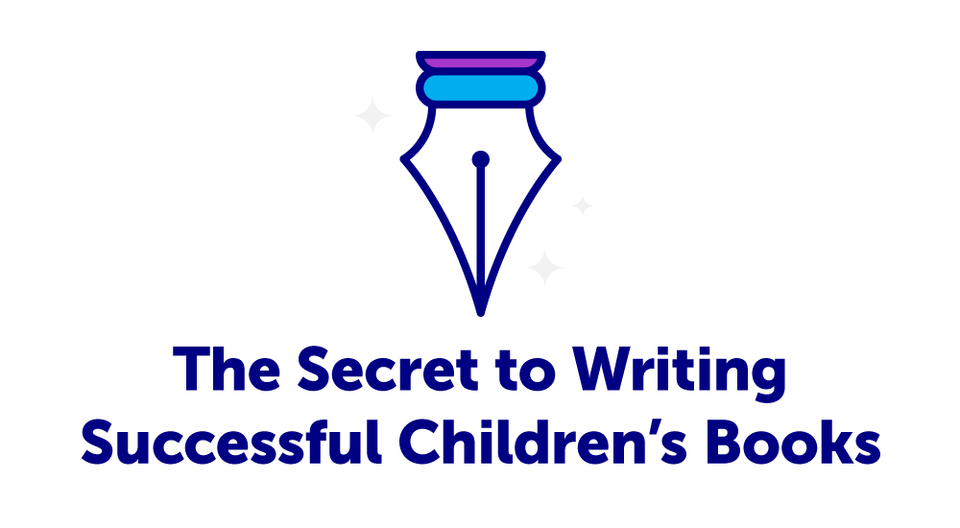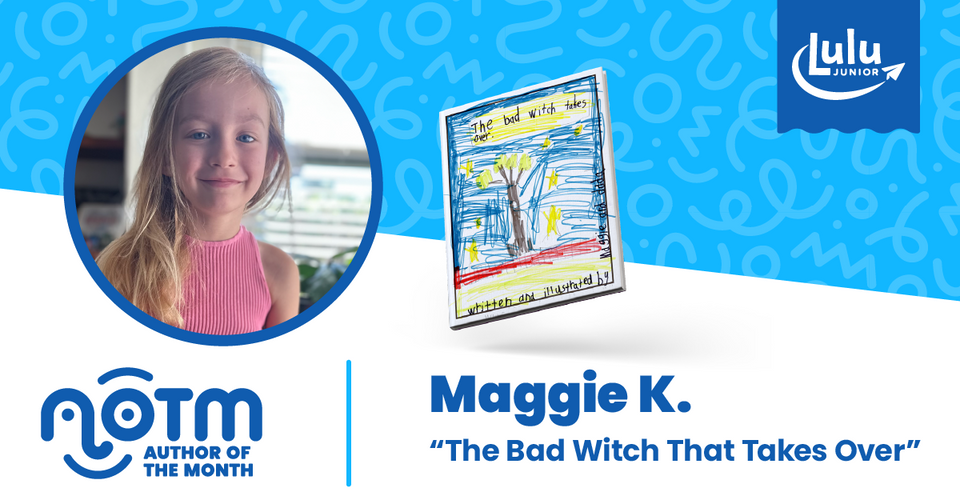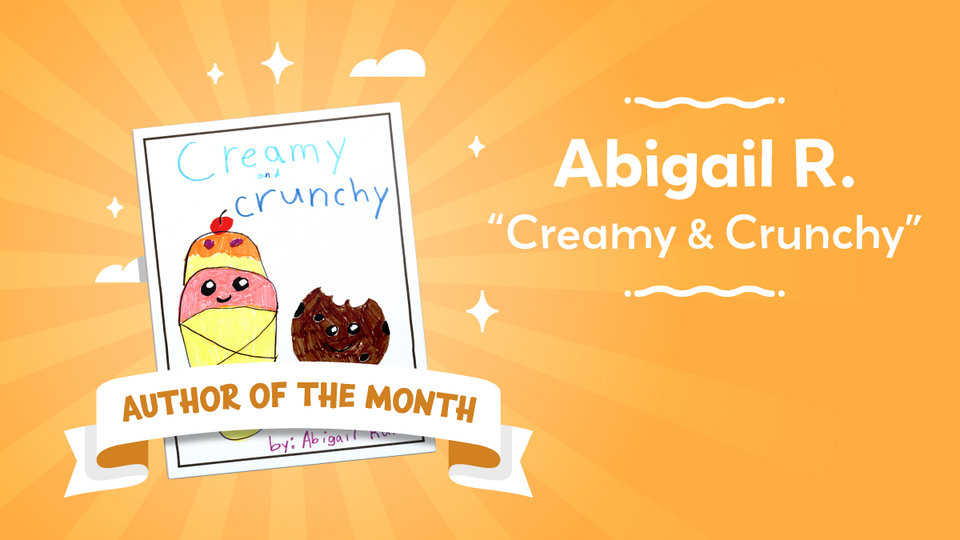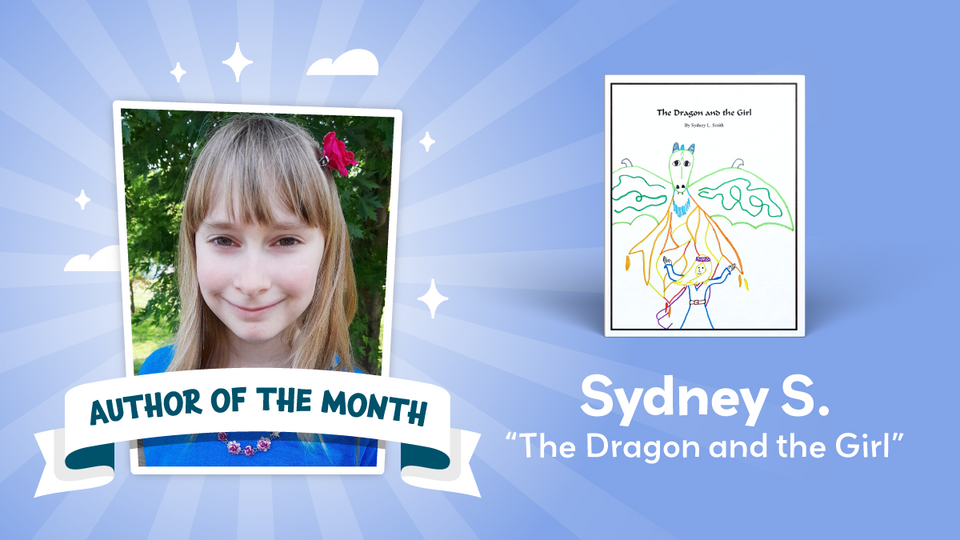
The secret to self-publishing children's books
Remember reading Dr. Seuss as a child? The children's books with oversized pages, rich with color and stylized text. The sturdy cover bent at the corners from being dragged around and propped open dozens of times. Fingerprints pressed into the glossy paper.
Children’s books contain magic other books cannot replicate. Strong, easy to relate to characters coupled with artwork draws children and parents alike into the story.
How do you capture that magic to write your own children's book?
I’m glad you asked.
Unlocking the story
Don't forget that a children’s story is still a story. The basic format you’re operating within isn’t changing. Just some rules and expectations.
With that in mind, it is imperative that you hold to storytelling norms. A children’s book still needs a beginning, middle, and end. Showing is still more important than telling. Picking a theme and holding to it is still a necessity.
The basic design of your story won’t be changing. So, start out like any storyteller with some outlining and basic character design. Treat these children’s book just like a novel or screenplay or any other written work.
Ralphy Raccoon: A Business Tale
Ralphy Raccoon has just graduated from school and is ready to begin a new life—one that he believes will be fun and easy. He doesn’t know that success takes a lot of hard work. Ralphy starts down the path of an entrepreneur, beginning his own business. Over the years he faces many failures and setbacks, from bad and unscrupulous employees to trouble with the government of the Raccoon Republic.
Shop Now
What Makes Children’s Books Unique?
- Characters
Weak characters will ruin any story, but for a children’s book in particular, you need characters who elicit a strong and immediate emotional reaction. If your audience doesn’t connect with the character immediately, they won’t stay interested in the story.
While all the elements of your book deserve attention, pay special time considering how you’ll represent your characters. The characters are who your readers (kids) will associate with most. You can use this to consciously make that connection much more clearly than a novelist can.
And because your story won’t have the length or depth of a novel, the connection must be made quickly.
- Education (Goals)
Again, every book should have a clear goal. For a novel, it’s the culmination of the plot, a memoir, it’s the revelation of a life.
And for a children’s book, that goal is almost always an education in some fashion. Even if your children’s book is focused more on entertaining than educating, layering in education elements will help kids engage with the content. And it adds value, something important for marketing your children’s book.
- Design
Most children’s books will lean heavily on illustrations to drive the story, with text accompanying as a supplement. Remember too that there almost always wants to be some elements that educate, and the text is a great way to add this content.
Think about how the book will be read—is your children’s book aimed at kids who will read themselves? Or are you aiming at a younger audience who will be read to by parents or teachers? Either way, you need to make the illustrations informative and clear, coupled with easy to follow text.
Building a Children's Book
This is thankfully easier to tackle. You’ll be looking at a few different sizes, all using essentially the same design.
Children’s books normally use the 8.5 x 11 or A4 format for a large portrait book or they use a square format, normally 8.5 x 8.5. You’ll definitely be using full-color interior printing.
The last crucial piece of the actual build is the font. I don’t want to say anything definitive because a children’s book is much more open than a novel or textbook in terms of acceptable fonts. I would lean toward clean, sans-serif fonts are easy to read and look good at larger point sizes. Helvetica and Gill Sans are two commonly used fonts for the interior type.
Mommy, where do our Pediatricians come from?
This book is written in celebration of the 50th anniversary of the Pediatric Residency Program at Children's Hospital of The King's Daughters in Norfolk, VA.
Shop Now
Putting it Together
Are you writing and illustrating? Just writing? An illustrator with an idea that needs fleshing out?
From the very start of your children’s book project, you need a solid idea of how the pieces will come together. If you plan to write and illustrate, you’ve got a leg up on controlling the design work, but you still must carefully plan your book.
More than a typical book, design and planning are crucial to creating a children’s book. Creating a children’s book is an exercise in effective content marketing. Because content marketers know that getting and keeping someone’s attention involves thorough planning and intentional execution. You won't have space within the work to elaborate or explore ideas. Concision and clarity is of the utmost importance.
Here’s a quick rundown of some important pieces of the children’s book design:
- Written Story – write out the story along the same lines of a short story. Detail the scenes, the surrounding, the characters. Take care to pay special attention to the dialog and plot direction.
- Story Board – once you have the basic elements laid out, storyboard to plan the pages. Start sketching page art (even if you won’t be illustrating this is a good idea). You need to get a very clear vision of the way the story will look at this stage.
- Illustration – the art in your children’s book is vital. The pictures will catch kid’s attention and move them through the story. As such, you can’t skimp on the illustrations. If you’re doing them yourself get as much education about children’s book illustrations as you can find. If you’re hiring out, vet the artists and be sure to see plenty of samples before deciding.
Solving the Puzzle
Creating any book is a grueling process. Children’s books are grueling while being a puzzle. You need to craft all the content just like any book, but you have to solve the problem of ‘how do I assemble this for a reader very different than me?’
Researching—so reading—other children’s books, especially popular ones, provide invaluable insight into what works for children’s books. Think about how the book hits those three key elements as you read through it:
- Characters
- Education
- Design
How does the author make the characters emotionally charged and compelling? What message is the book teaching? How is the design working to serve both the character and the message?
Amid those requirements, you have to find a way to make it amusing. That might end up being the trickiest part of all. Ever heard of a somber children’s book? Not likely. You can deal with complex issues, but the tone has to remain light. Otherwise, you risk losing your audience.
Does Broccoli Grow on Trees?
The book describes the Community Garden created by our pediatric residents at Children's Hospital of The King's Daughters(CHKD) and Eastern Virginia Medical School (EVMS). Residents work with children from all socioeconomic backgrounds. Under resident guidance, the children plant the seeds, watch the seeds sprout, watch the plants grow, identify how various vegetables grow, harvest the vegetables, and learn healthy recipes using those vegetables.
Shop Now
Self-publishing your Children’s book
All of the above advice is well and good. Lots of work sure. But not impossible.
Now you have to get it published.
Self-publishing is a great option because you can control all aspects of the project and use print-on-demand to keep overhead low. The other side of this is the cost to prepare the book. Hiring an Illustrator can be very expensive.
Don’t let that stop you though. There are some great resources out there. The Society of Children’s Book Writers and Illustrators is a great place to learn more about creating children’s books and even offers an Illustrator’s Gallery to help find an illustrator for your book.
The Children’s Book Council offers more in promotional help, but they also have a great FAQ Section for aspiring children’s book authors.
Like all self-motivated endeavors, there will be a lot of work involved, but if you will put in the work, the reward can be tremendous!
Selling your Children’s book
Much like a self-published novel, selling your children’s book will be most successful if you can do it directly through a network of interested readers.
Now that gets challenging since this means you either need to establish connections with schools or kid’s groups, or you need a captive local audience (such as a bookstore connection) you can leverage. Both situations likely mean a lot of leg-work on your end.
Children’s book authors have an edge over the novelist when selling by hand though. You can schedule a reading (again, you must establish connections to leverage first) at the local bookstore or library and literally read your book while showing the pictures. If it’s good, you’ve suddenly got a group of children excited about your book, which will translate into a group of parents excited about your book.
Driving traffic to a website to order can be more difficult, but not impossible. The cornerstone of your children’s book marketing efforts will always be your connections—those you have established and those you build through in-person readings.
The happily ever after…
If you’re dedicated to your story and ready to shoulder the work involved in crafting a children’s book, self-publishing is a great way to get the book into print. Get your ideas in motion, start storyboarding those pages, and share your story with some eager young minds with a lot to learn and a craving for stories!
This post originally published on the Lulu Blog here - https://blog.lulu.com/childrens-book-publishing/





